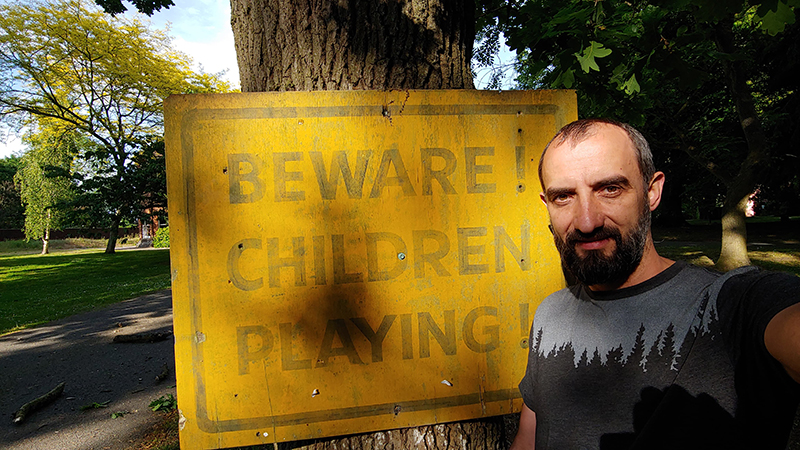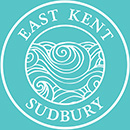
“Play is really the work of children, play is how they understand the world and how they become adults. The importance of play cannot be overstated” remarked Larry Welshon in last week’s episode about Democratic Education.
In Lockdown our children have had more time to get bored and figure out how to spend their time than ever before, and hopefully they’ve spent a large part of it playing. This week we dive deeper into the topic of play with Henry Readhead, Deputy Head at Summerhill School, the oldest children’s democracy in the world. Children at Summerhill are free to play as much as they like; a right which has always been central to the philosophy of the school. We asked Henry why play is so important and about the role it has in children’s emotional and social development and why he believes it is so important not to place limits on play.
Guests: Henry Readhead, Deputy Head at Summerhill School and Kezia Cantwell-Wright, staff and founder at East Kent Sudbury School. Find out more about Summerhill School and its rich history as the school approaches its centenary year next year with their celebratory website.
Find out more:
Many books have been written about Summerhill School and by its founder A.S. Neill over the years here are a selection currently available:
- Summerhill School by A.S. Neill – Neill’s original book updated and revised.
- A.S. Neill’s Summerhill – A new celebratory book with pictures of the school past and present.
- We also highly recommend Free to Learn by Peter Gray for learning more about the power of play in children’s learning.

If you’ve struggled with learning at home in lockdown our Podcast is here to help, our episodes to date cover topics from looking after your mental health and wellbeing to the options available post lockdown if you don’t want to go back to school as normal. Listen to all our episodes here.
Coming up soon we talk to Dr. Naomi Fisher about the the impact of conventional schooling on children with special needs and explore what the future of education might look like.
